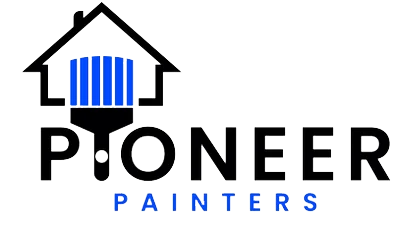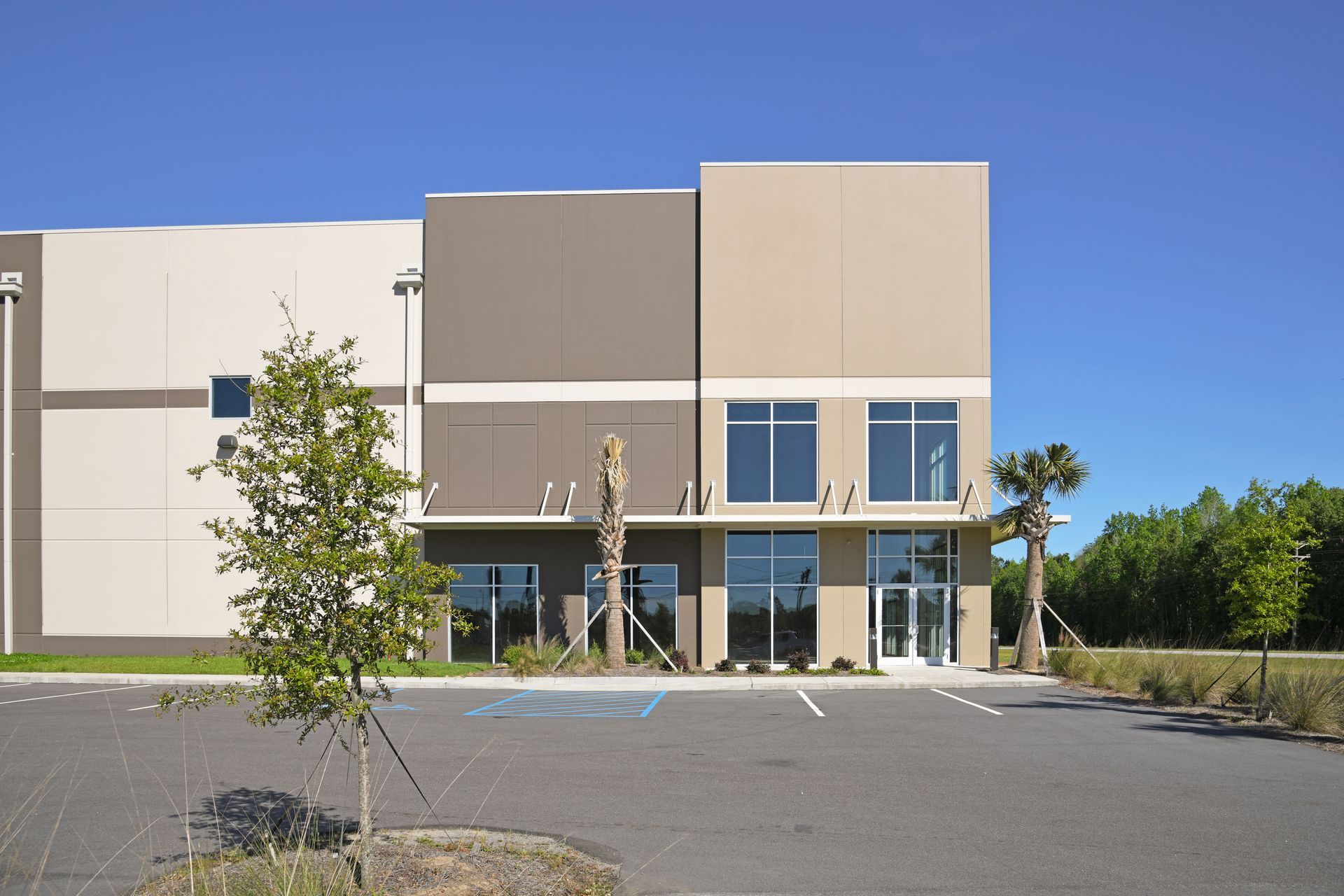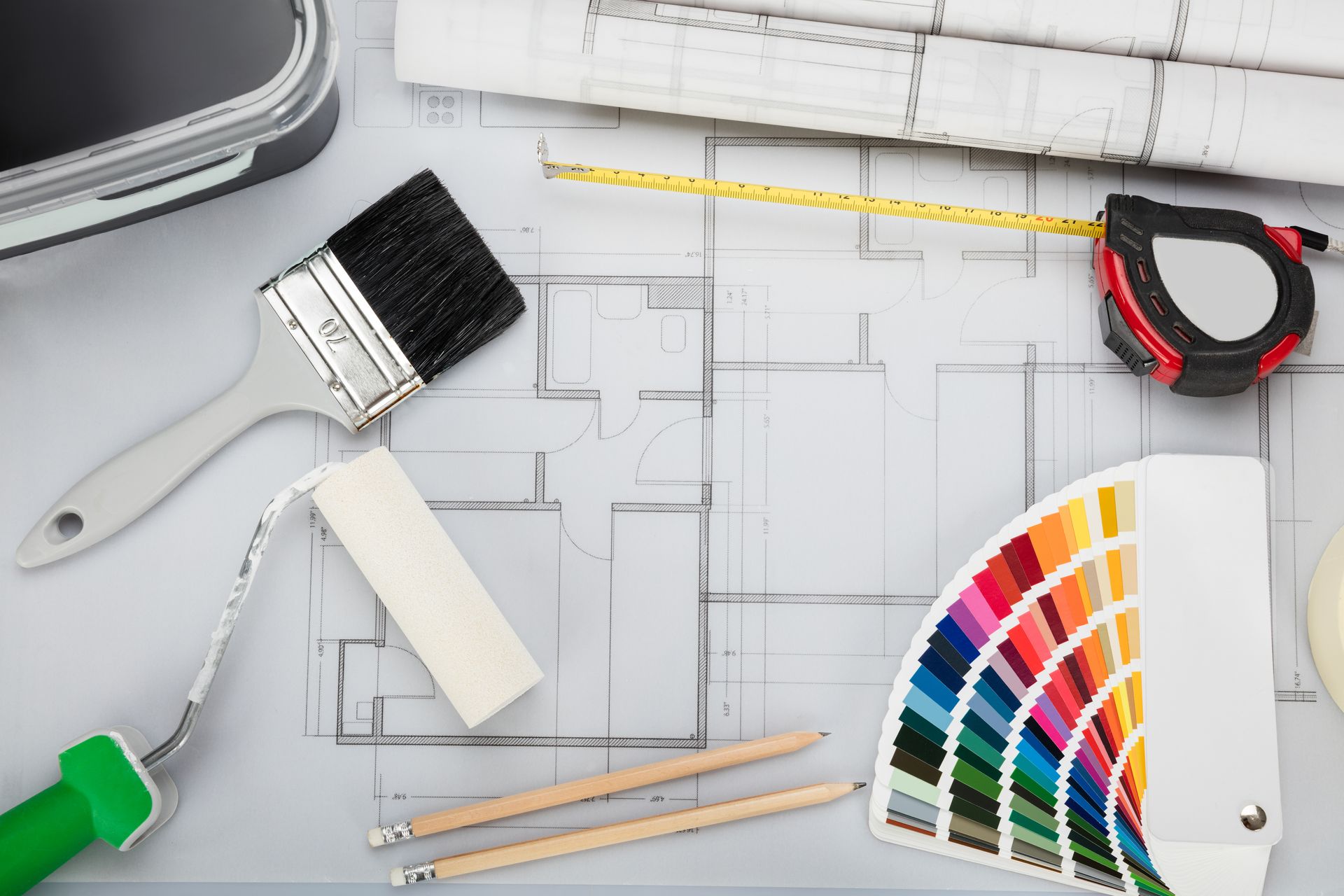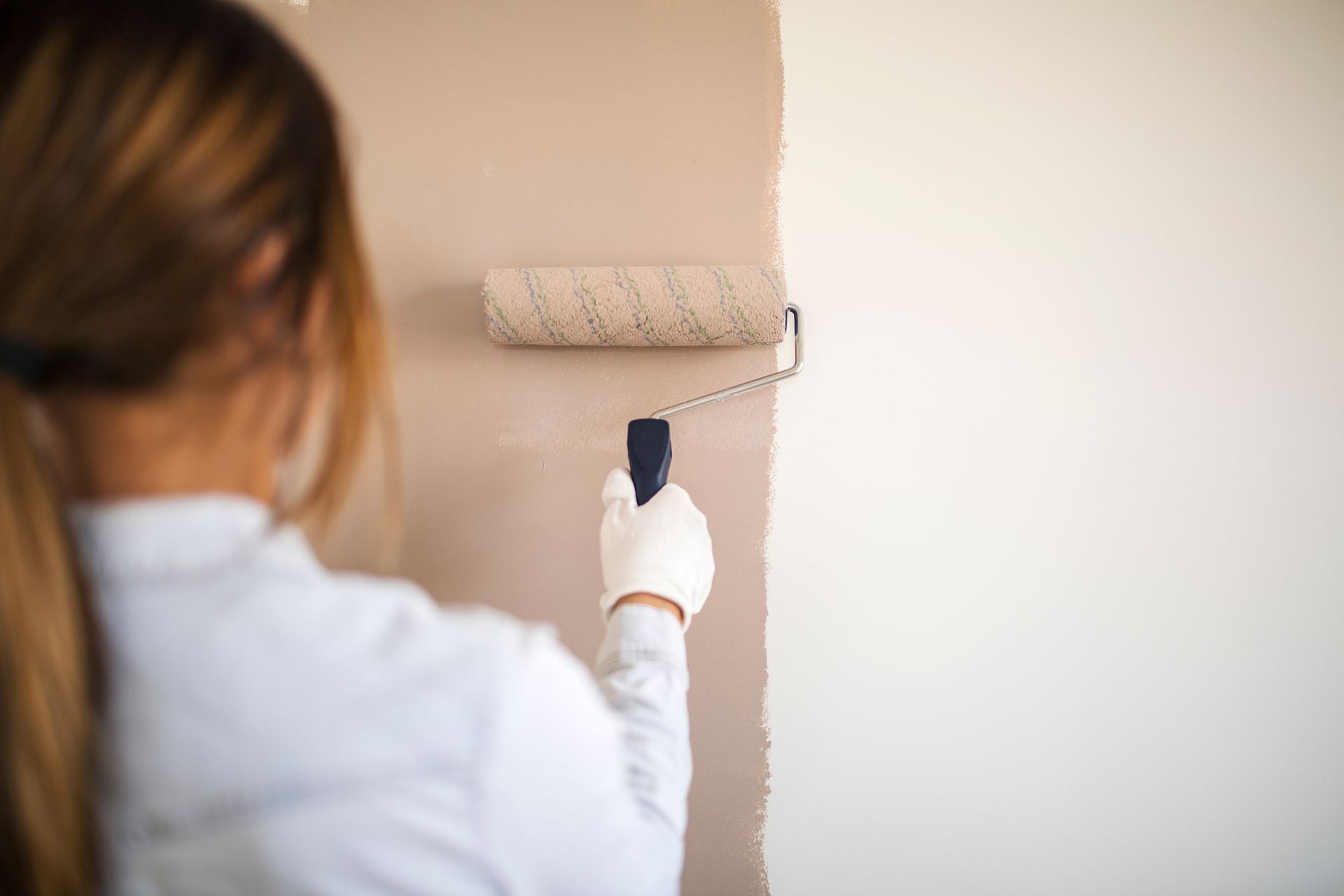Mold can be a homeowner's headache, inconspicuously sneaking into homes and affecting both the aesthetics and the health of its inhabitants. One common question that often arises is whether it's feasible to simply paint over mold infestations. For DIY enthusiasts and homeowners aiming to tackle this issue, understanding the do's and don'ts of mold remediation is critical.
In this article, we unpack the complexities of dealing with mold, explore the potential hazards, and provide a step-by-step approach to safely manage mold before considering a fresh coat of paint.
Understanding Mold: The Unwelcome Visitor in Your Home
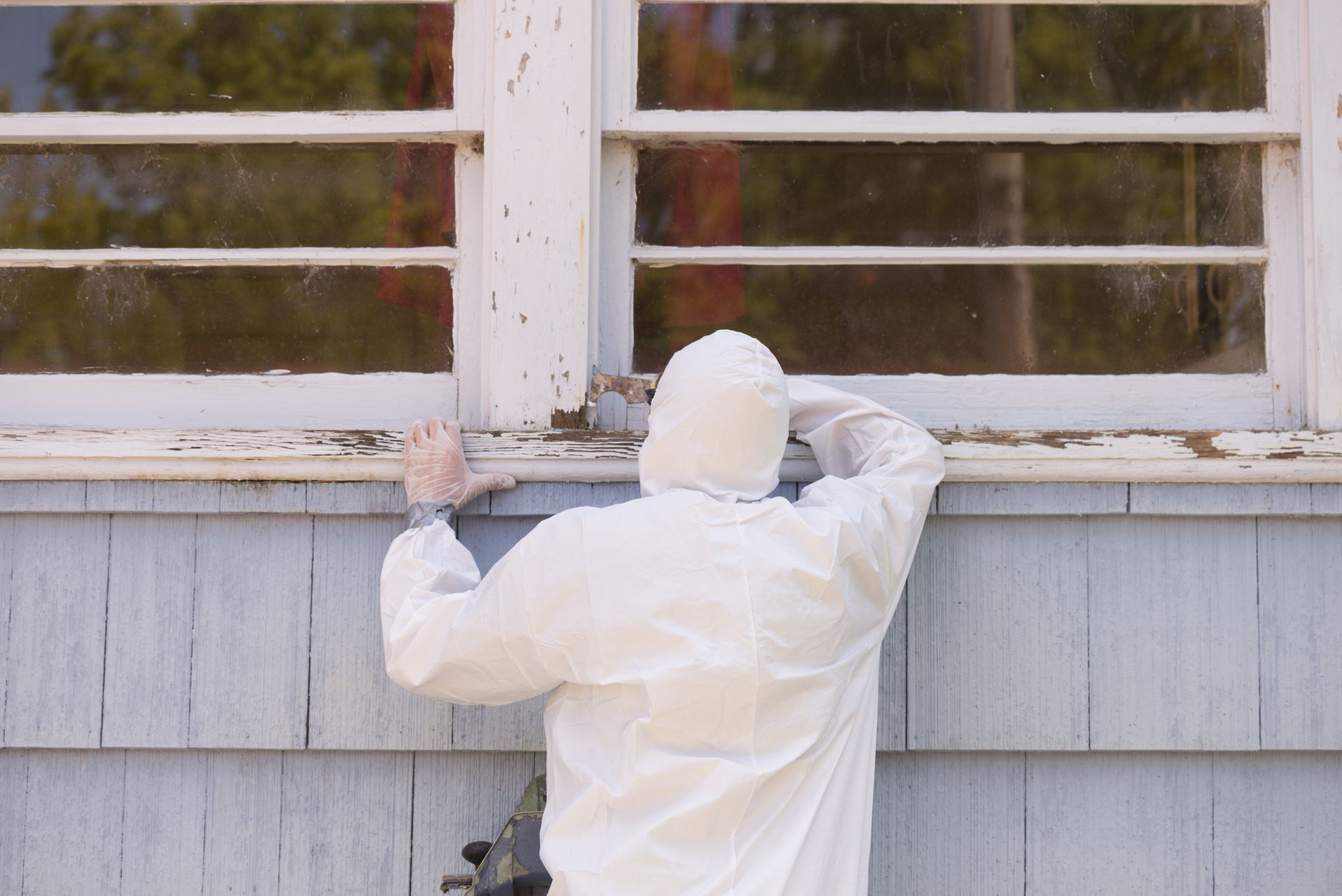
Before we rush to hide mold beneath layers of paint, it's vital to grasp the basics of what mold is and why it becomes an issue.
Mold is a type of fungus, an integral part of the natural environment. Indoors, however, mold growth should be a concern. Moisture is the only significant factor needed for its growth, and once mold spores set up camp in your home, they can spread rapidly. Mold affects not only the visual appeal of your home but also poses potential health risks, such as respiratory problems and allergies.
Identifying the type of mold in your home is critical. While not all molds are toxic, certain strains can be hazardous to human health. Professional testing can provide this information, empowering you with the knowledge needed for safe remediation.
Q: Is It Safe to Paint Over Mold?
A: The simple answer is that no, it's not safe to paint over mold. Mold on porous surfaces can grow into and underneath the paint, causing discoloration and failure of the new paint job. More importantly, without addressing the root cause of the mold, it’s a quick fix that can lead to further health risks and property damage in the future.
Painting over mold is a temporary solution, and often, the mold will grow back, usually more aggressively. It can also worsen the problem by sealing moisture into the affected areas, leading to larger mold colonies and, potentially, a costly structural issue.
The Dangers of Mold Growth
Mold is not just an eyesore; it can have severe consequences. For one, it can deteriorate the materials it grows on, compromising the integrity and safety of your home. From weakening wooden structures to damaging insulation and drywall, neglecting mold can lead to substantial repair costs.
Health issues that can stem from mold exposure include allergic reactions, respiratory problems, and even long-term lung conditions. Certain individuals, such as those with asthma or a weakened immune system, are more susceptible to the effects of mold.
Proper Steps Before Painting: Mold Remediation 101
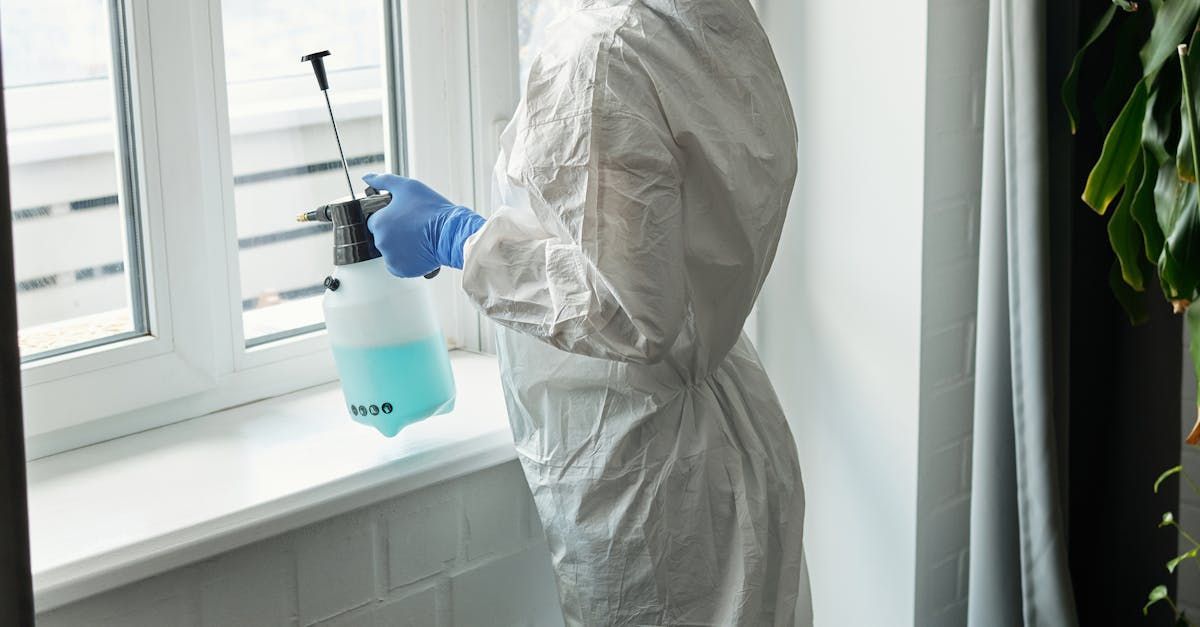
Expectations should be set from the beginning: mold must be removed, not painted over. Here's how to go about it properly:
Step 1: Identify the Source of Moisture
Mold is a symptom; moisture is the problem. Whether it’s a leaky pipe, poor ventilation, or a recent flood, identifying and fixing the source of moisture is the first step in any successful mold treatment process.
Step 2: Inspect and Assess the Extent of the Infestation
Mold can be deceivingly widespread even when it appears localized. Thoroughly inspect the affected area to understand the extent of the infestation. This may require the removal of wall sections or other structural elements.
Step 3: Safely Contain the Area
Containment is crucial to prevent the spread of mold spores to other parts of the home. Seal off the affected area with plastic sheeting and use a negative air machine to vent airborne spores outside the home.
Step 4: Remove the Mold
This can be a labor-intensive process, especially for larger infestations. Scrub the affected areas with a detergent solution and ensure all visible mold is removed. In some cases, professional remediation is the safest option.
Step 5: Dry Thoroughly
After the mold is removed, it’s vital to completely dry the area to prevent regrowth. It may require several days with the aid of dehumidifiers and fans to properly dry out the space.
Step 6: Use a Mold Inhibitor
Before painting, apply a mold-inhibitor to the treated surfaces to prevent any lingering spores from developing into a new colony.
Common Reasons for Mold Growth in Homes
Mold is often an indicator of underlying issues within a home. Here are a few common reasons for mold growth:
- Leaks and water infiltration from roofs, windows, or plumbing.
- Poor ventilation, especially in areas like bathrooms and kitchens.
- High humidity levels, often a symptom of poor ventilation or weather condensation.
- Flooding or water damage not properly remediated.
Addressing these root issues is the key to preventing future mold growth and maintaining a healthy living environment.
Leave It To The Experts
As we've mentioned in this article, mold can present dangerous health issues, deteriorate painted surfaces and even grow more rapidly if painted over. With these types of hazards, we recommend leaving it to the experts for proper remediation. Certified professionals have the necessary equipment, knowledge, and experience to safely remove mold from your home. Additionally, they can identify any underlying issues that may have caused the mold growth and provide recommendations for prevention in the future.
Ready to Refresh Your Home's Look Safely?
For homeowners in Western MA and Northern CT, it's time to turn your back on mold for good and embrace a fresh, vibrant living space. Contact Pioneer Painters, your local experts renowned for quality and reliability. Whether you're searching for 'Painters in Springfield' or 'Painters in Suffield CT,' Pioneer Painters is your go-to team for a exterior or interior painting projects. Contact Pioneer Painters today at (413) 798-4088 or request a quote online.
Recent Blogs
